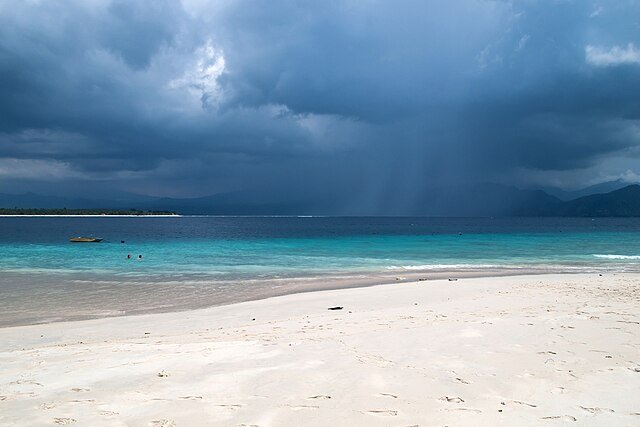
- calendar_month January 23, 2025
The United States is prone to various natural disasters, including hurricanes, earthquakes, tornadoes, floods, and wildfires. While no place is completely immune to these events, some areas are safer than others. In this article, we'll explore the safest places to live in the US, minimizing the risk of natural disasters.
While no place is completely safe from natural disasters, the cities listed below are considered to be at lower risk.
Top 5 Safest Places to Live:
- Boise, Idaho: Boise is situated in a seismically quiet area, reducing the risk of earthquakes. The city is also far from hurricane zones and has a low risk of tornadoes.
- Rochester, New York: Rochester is located in a region with low earthquake activity and is far from hurricane-prone areas. The city's proximity to Lake Ontario also reduces the risk of tornadoes.
- Spokane, Washington: Spokane is situated in a relatively safe zone, far from major fault lines and hurricane-prone areas. The city's geography also protects it from tornadoes.
- Burlington, Vermont: Burlington is situated in a region with low earthquake activity and is far from hurricane-prone areas. The city's geography also protects it from tornadoes.
- Fort Collins, Colorado: Fort Collins is located in a relatively safe zone, far from major fault lines and hurricane-prone areas. The city's geography also protects it from tornadoes.
When evaluating the safety of a place, consider the following factors:
- Hurricane risk: Coastal areas, particularly those in hurricane-prone zones like Florida and the Gulf Coast, are at higher risk.
- Earthquake risk: Areas near major fault lines, such as the San Andreas Fault, are at higher risk.
- Tornado risk: The central and southern Plains, known as Tornado Alley, are at higher risk.
- Flood risk: Areas near rivers, lakes, and coastlines are at higher risk of flooding.
- Wildfire risk: Areas with dry climates and vegetation, such as California and the Southwest, are at higher risk.
